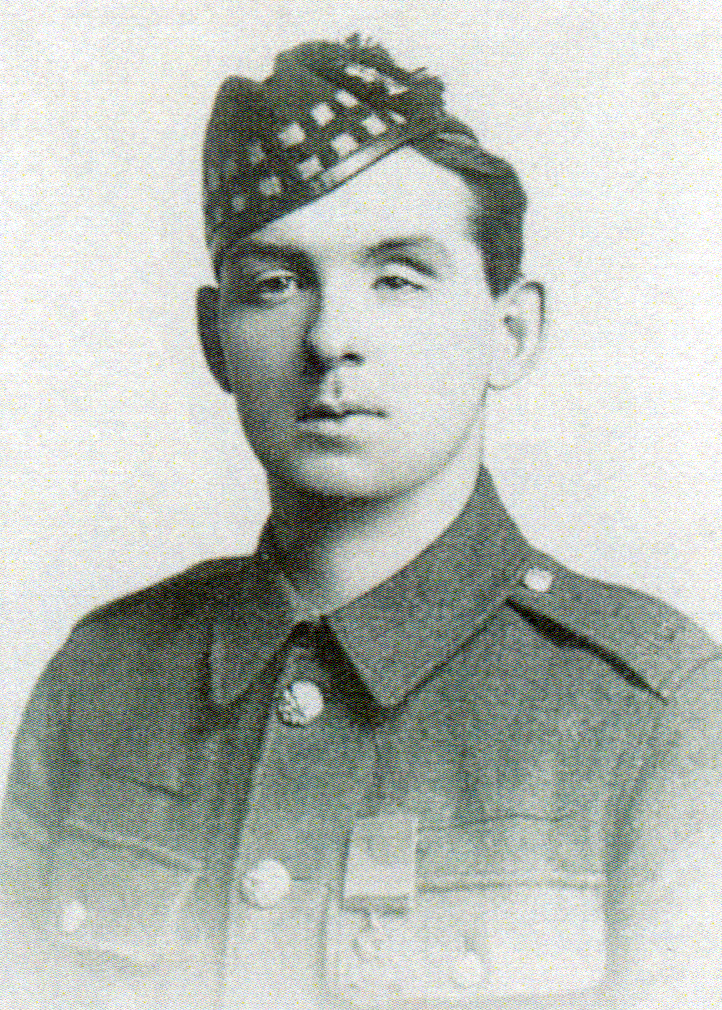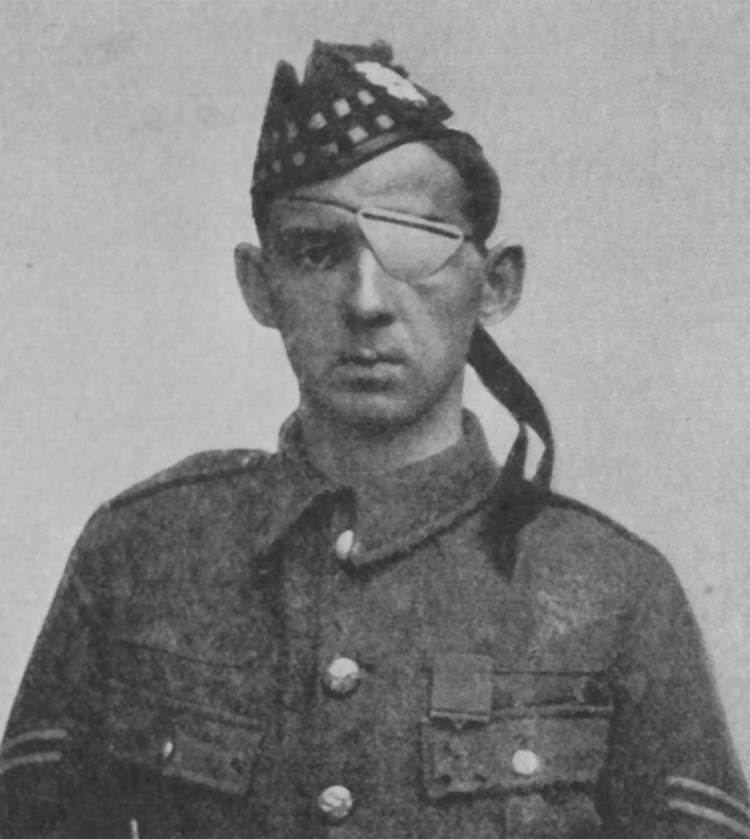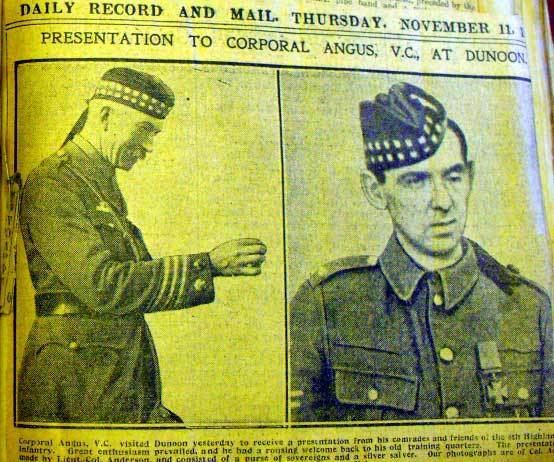Allegiance United Kingdom Name William Angus Battles and wars World War I | Rank Lance Corporal Years of service 1914 - 1915 Role Armed force officer | |
 | ||
Born 28 February 1888Armadale, Scotland ( 1888-02-28 ) Other work Professional footballer Died June 14, 1959, Carluke, United Kingdom Similar People John Frederick MacKay, William Herbert Anderson, James Youll Turnbull, George Wilson, Walter Lorrain Brodie | ||
Place of burial Carluke, United Kingdom | ||
William Angus VC (28 February 1888 – 14 June 1959), also known as Willie Angus, was a Scottish recipient of the Victoria Cross, the highest and most prestigious award for gallantry in the face of the enemy that can be awarded to British and Commonwealth forces.
Contents

Early life

Angus was born at Polkemmet Rows, Cappers, Armadale. After leaving school he was employed as a miner but was able to find himself a place as a professional footballer at Carluke FC before moving to Celtic F.C. although he never played for the first team. Released in 1914, he joined Wishaw Thistle, the club he was captaining when war was declared in August. As a member of local Territorial battalion of the Highland Light Infantry, he was mobilised immediately.
First World War

Early in 1915 his HLI company was transferred to the 8th Royal Scots, the first Territorial battalion to join the Expeditionary Force. 8th Royal Scots had suffered a great many casualties and were in urgent need of replacements. He was serving as a lance-corporal in this battalion when the following deed took place for which he was awarded the Victoria Cross.
Victoria Cross
On 12 June 1915 at Givenchy-lès-la-Bassée, France, Lance-Corporal Angus voluntarily left his trench to rescue a wounded officer, fellow Carluke man Lieutenant James Martin, who was lying within a few yards of the enemy's position and had been injured by a mine. To do this he had to travel through 64 metres in no-man's land under heavy bomb and rifle fire, and received about 40 wounds, some of them being very serious, including the loss of his left eye. His commanding officer said there had been no braver deed in the history of the British Army.
Aftermath

After the rescue he was taken to a military hospital in Boulogne-sur-Mer, where he learned of his award of the Victoria Cross. After 2 months in hospital he returned to London where he was given the Victoria Cross by King George V at Buckingham Palace on 30 August 1915. When the King commented on his 40 injuries, Angus was said to have answered "Aye, sir, but only 13 were serious.".

After he had returned to Carluke, he was given a hero's welcome and received standing ovations at Celtic Park and Ibrox. Following the war, he started business as a goods carrier. He married and had five children.
He also became president of Carluke Rovers FC, a position he held until his death in 1959. Each year of his life, he received a telegram of thanks from the family of the man he rescued.
He is buried, together with his wife Mary, at Wilton Cemetery, in Carluke. His Victoria Cross is displayed at the National War Museum of Scotland in Edinburgh Castle, Scotland.
In 2015, on the centenary of his heroic acts, a commemorative stone was laid in Carluke.
